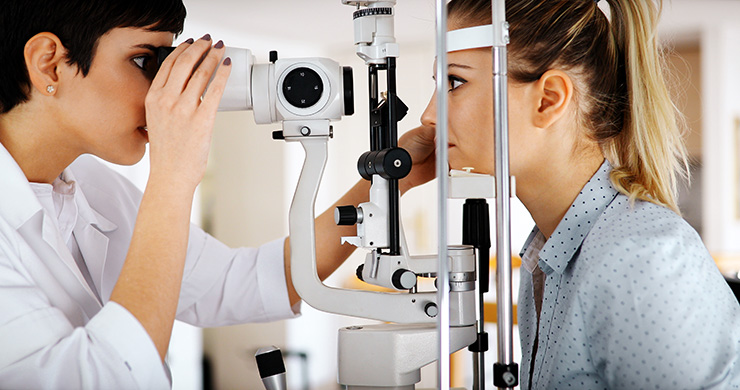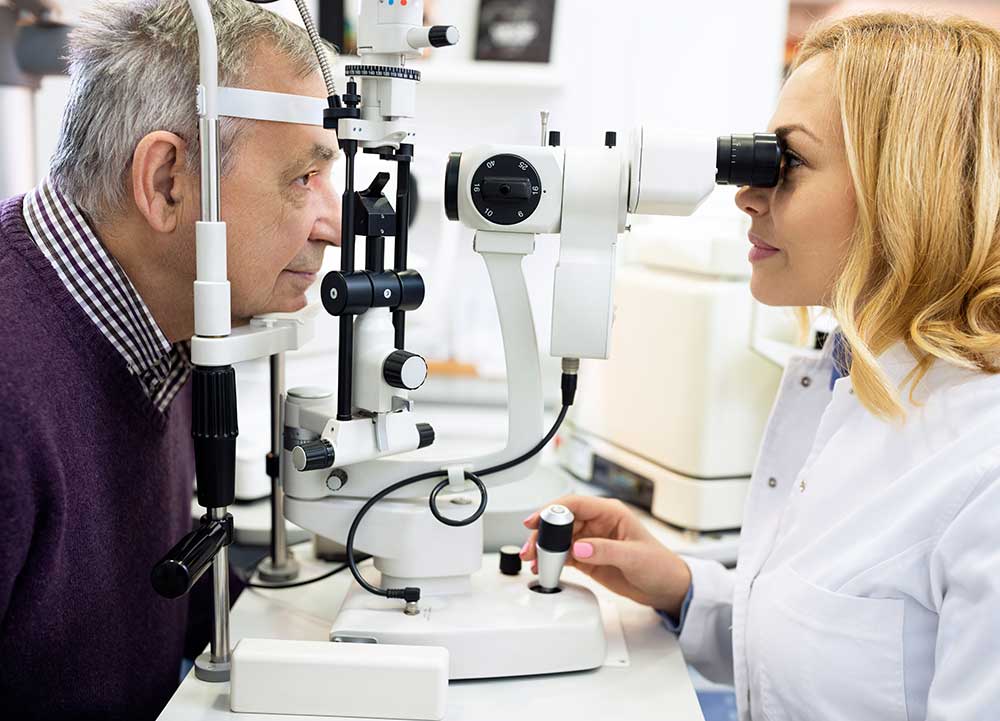Experience Personalized Care with Opticore Optometry in Chino
Experience Personalized Care with Opticore Optometry in Chino
Blog Article
Checking Out the current Technological Developments in Optometry and What They Mean for Optometrists
In the ever-evolving field of optometry, recent technological developments are reshaping exactly how experts come close to eye care. From the precision of Optical Comprehensibility Tomography to the nuanced understandings provided by AI-driven analysis tools, these innovations are setting brand-new standards in person evaluation and treatment. Teleoptometry is poised to redefine accessibility, making certain that proficiency transcends geographical restrictions. As these improvements permeate the technique, optometrists are faced with the challenge of welcoming these tools to boost individual end results. Yet, the inquiry stays: how will these technological shifts redefine the roles and obligations within the profession?
Developments in Diagnostic Equipment
Progressing the field of optometry, advancements in diagnostic tools have actually revolutionized the method eye care specialists examine and diagnose eye problems and aesthetic problems. The previous decade has witnessed considerable technical developments, allowing more extensive and accurate assessments.
An additional secret advancement is the intro of advanced corneal topography systems, which map the surface area curvature of the cornea with accuracy. These tools are particularly valuable for fitting contact lenses and diagnosing corneal problems. Electronic retinal imaging has transformed conventional ophthalmoscopy, offering comprehensive, breathtaking views of the retina that promote comprehensive visual examinations.
The development of wavefront aberrometry has likewise been important, making it possible for the evaluation of refractive mistakes with unequaled precision (Opticore Optometry). This technology assists in tailoring corrective lenses and improving medical outcomes for refractive surgical procedures. Collectively, these analysis developments encourage optometrists to deliver premium individual treatment, ensuring early treatment and customized treatment approaches, inevitably boosting visual health and wellness results
AI in Patient Administration
Structure on the structure of cutting-edge diagnostic tools, the consolidation of artificial intelligence (AI) in client monitoring represents a transformative leap for optometry. AI systems are significantly utilized to enhance effectiveness, accuracy, and personalization in individual care.
Furthermore, AI-driven systems promote structured client interactions and administrative procedures. Automated scheduling, online examinations, and individualized follow-up strategies not only improve individual satisfaction but also optimize time management for professionals. These systems can triage patients based upon the urgency of their conditions, guaranteeing that those in critical need get timely focus.
In addition, AI improves decision-making by providing optometrists with evidence-based suggestions and therapy paths. By incorporating data from digital health and wellness records, AI devices use insights that notify professional decisions, minimizing the danger of mistakes and enhancing client results. As AI remains to progress, its duty in patient administration will likely expand, improving the landscape of optometric care.
Advances in Retinal Imaging
In the realm of optometry, retinal imaging has experienced remarkable technological improvements that are improving analysis capacities and patient care. Innovations such as Optical Coherence Tomography (OCT) and fundus digital photography have actually transformed how eye doctors envision and assess the retina.
Improved imaging techniques like OCT angiography are additional refining diagnostic accuracy. This non-invasive technique maps blood circulation in the retina, providing crucial insights right into vascular wellness without the demand for dye injections. Additionally, flexible optics innovation is being incorporated right into retinal imaging systems to fix eye aberrations, providing unprecedented picture clarity. Such advancements promote the identification of min article source retinal changes that can indicate disease development.
Furthermore, improvements in artificial knowledge are boosting retinal imaging by making it possible for automatic evaluation of large datasets. These website here systems assist eye doctors in determining patterns a measure of pathology, thus improving diagnostic accuracy and performance. Collectively, these advancements are transforming retinal imaging right into a keystone of contemporary eye treatment, enhancing results and broadening healing opportunities.
Teleoptometry's Growing Duty
Teleoptometry is increasingly becoming a vital component of eye treatment, driven by developments in data and diagnostic devices. As optometry welcomes digital improvement, teleoptometry assists in remote consultations, allowing optometrists to extend their services beyond conventional borders. This is particularly useful in underserved and country locations where accessibility to specialized eye care is often limited. By leveraging high-resolution video conferencing and progressed retinal imaging, optometrists can perform detailed eye tests from afar, ensuring timely diagnosis and therapy.
The assimilation of fabricated intelligence (AI) further enhances teleoptometry, enabling the evaluation of aesthetic information and helping in the detection of eye problems such as glaucoma and diabetic retinopathy. AI-powered formulas can rapidly interpret complicated imaging information, offering optometrists with valuable understandings that strengthen professional decision-making.
In addition, teleoptometry supports connection of care through smooth assimilation with digital health and wellness documents (EHRs), permitting eye doctors to keep thorough patient backgrounds. When seeking advice from with various specialists., this ensures that patients get personalized and regular care also.
In spite of these benefits, difficulties stay, consisting of making certain information safety and managing patient expectations. Nevertheless, teleoptometry represents a substantial stride in the direction of more obtainable, effective, and patient-centered eye care. As technology evolves, its function is positioned to broaden further.

Future Trends in Eye Care
A myriad of ingenious fads is readied to improve the future of eye treatment, driven by technical advancements and the progressing needs of clients. One considerable trend is the integration of synthetic intelligence (AI) in diagnostics, which promises to boost the accuracy and performance of eye examinations. AI algorithms can evaluate huge amounts of information from retinal pictures, possibly finding problems like diabetic person retinopathy and glaucoma earlier than traditional techniques.
Moreover, individualized medicine is getting traction in optometry, with hereditary testing educating customized therapy plans. This method intends to optimize patient results by customizing treatments to individual genetic profiles. Wearable technology, such as smart get in touch with lenses, is additionally coming up, offering real-time surveillance of intraocular stress or glucose degrees, thus giving continual understandings into ocular and systemic health and wellness.
The fostering of enhanced reality (AR) and digital reality (VR) in training and patient education and learning is one more arising pattern. These innovations use immersive experiences that can enhance understanding and skills both for people and optometrists. As these trends develop, optometrists should remain abreast of technical advancements to give cutting-edge care, ensuring improved person outcomes and satisfaction in the dynamic landscape of eye treatment.
Verdict

Jointly, these analysis improvements equip eye doctors to deliver premium person treatment, ensuring early treatment and customized therapy strategies, ultimately boosting visual health outcomes.

As these innovations proceed to evolve, optometrists should adapt and incorporate them into method, inevitably maximizing operations efficiency and boosting the criterion of eye care delivered to people.
Report this page